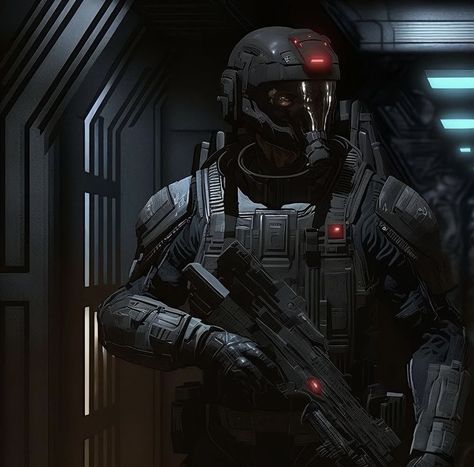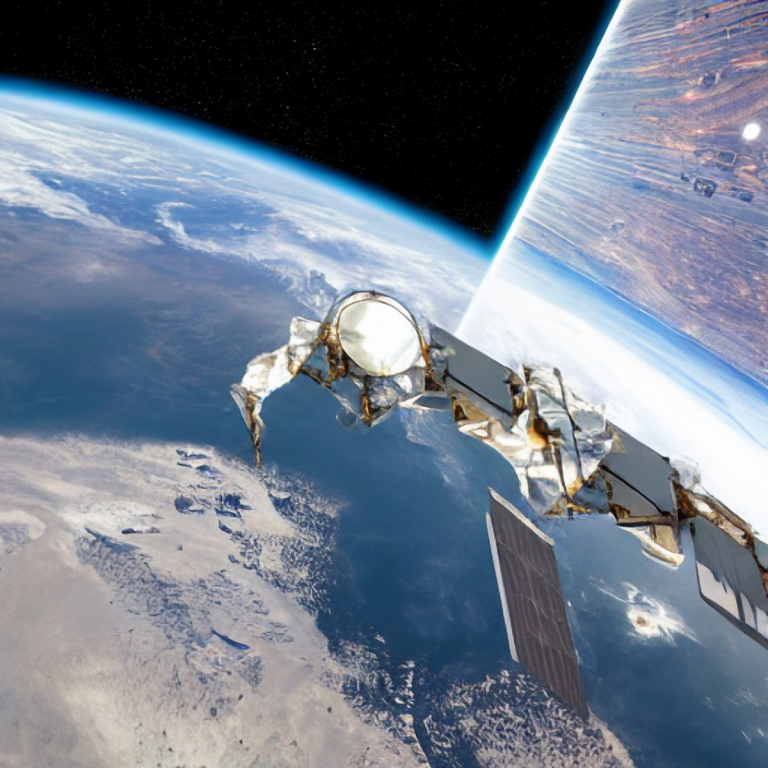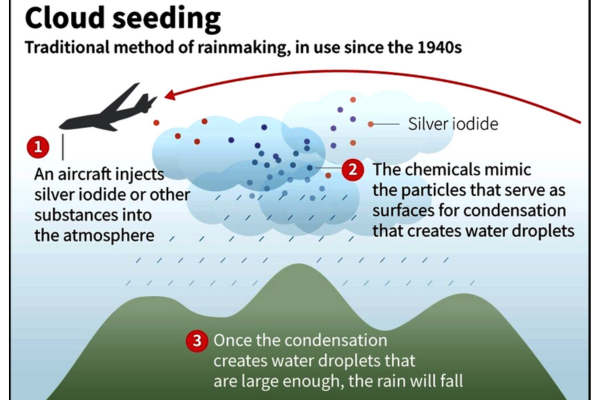In the ever-evolving landscape of global security, technology has become a cornerstone of modern military forces, reshaping strategies, operations, and capabilities. The integration of Military Advancement by technology has transformed how armed forces plan, execute, and sustain their missions. This blog explores the myriad ways in which technology is driving military advancements, highlighting its impact on communication, intelligence, weaponry, soldier systems, logistics, and medical care.
Table of Contents
Communication and Information Technology in Military Advancement

Secure Communications in Military Advancement
Effective communication is the backbone of military operations. Modern militaries utilize encrypted satellite communications, advanced radio systems, and secure networks to ensure reliable, real-time communication across all levels of command. These systems are designed to withstand various environmental conditions and counteract electronic warfare tactics employed by adversaries. Secure communication channels enable seamless coordination among units, enhancing operational efficiency and responsiveness.
Cyber Warfare in Military Advancement
The digital age has ushered in a new era of cyber warfare, where the battlefield extends into cyberspace. Cybersecurity is paramount for protecting military networks and critical infrastructure from cyber attacks. Military forces have developed specialized cyber units tasked with defending against cyber threats, conducting offensive cyber operations, and ensuring the integrity of sensitive information. Offensive cyber capabilities allow militaries to disrupt enemy communications, disable critical systems, and gather intelligence covertly.
Intelligence, Surveillance, and Reconnaissance(ISR) in Military Advancement
Drones and UAVs
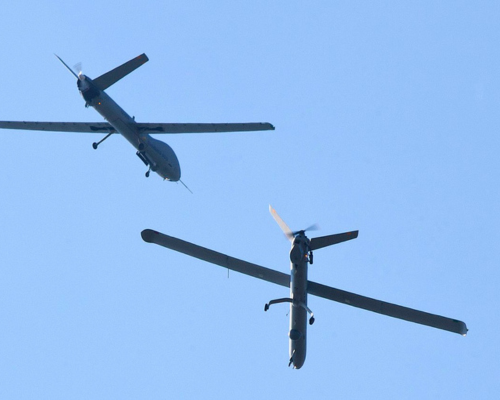
Unmanned Aerial Vehicles (UAVs), commonly known as drones, have revolutionized ISR operations. Equipped with high-resolution cameras, thermal imaging, and various sensors, drones provide real-time surveillance and gather crucial intelligence. Their ability to loiter over areas of interest for extended periods allows for continuous monitoring without risking human lives. Drones are also used for precision strikes, delivering munitions with pinpoint accuracy to neutralize high-value targets.
Satellite Surveillance

Satellites play a pivotal role in global surveillance and reconnaissance. Modern military satellites equipped with synthetic aperture radar (SAR) and high-resolution optical sensors provide comprehensive coverage of the Earth’s surface. These satellites monitor troop movements, missile launches, and other activities, offering invaluable intelligence for strategic planning. Advances in satellite technology have improved imaging resolution and reduced response times, enhancing situational awareness and decision-making.
Precision Weaponry in Military Advancement
Smart Weapons
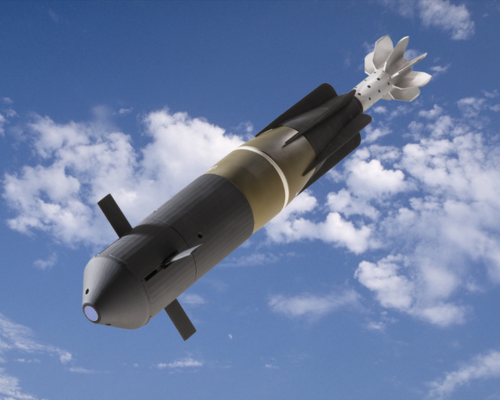
The development of precision-guided munitions, or smart weapons, has transformed modern warfare. Guided by GPS, laser, or inertial navigation systems, smart weapons ensure accurate targeting, minimizing collateral damage and increasing mission success rates. Missiles, bombs, and artillery shells equipped with precision guidance systems can strike targets with exceptional accuracy, even in complex environments. This capability enhances the effectiveness of military operations while adhering to the principles of proportionality and discrimination in warfare.
Autonomous Systems

Autonomous weapons systems are at the forefront of military technology. These systems, including unmanned ground vehicles (UGVs) and AI-driven drones, can operate independently or alongside human forces. Autonomous systems perform tasks such as reconnaissance, surveillance, target acquisition, and even direct engagement with enemy forces. Their ability to operate in hazardous environments reduces risks to human soldiers and increases operational efficiency. Advances in artificial intelligence and machine learning continue to expand the capabilities of autonomous systems, making them integral to future military operations.
Enhanced Soldier Systems in Military Advancement
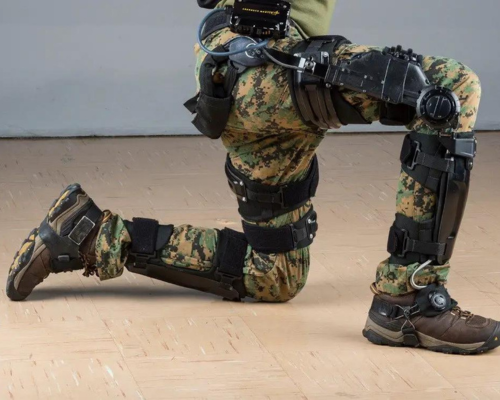
Wearable Technology
Modern soldiers are equipped with wearable technology that enhances their combat effectiveness and situational awareness. Smart helmets with augmented reality displays provide real-time information on the battlefield, including maps, enemy positions, and mission objectives. Advanced body armor offers improved protection without compromising mobility. Wearable sensors monitor soldiers’ vital signs, detecting injuries and providing early warnings for medical intervention. These technologies empower soldiers with the tools they need to navigate complex and dynamic combat scenarios effectively.
Exoskeletons
Exoskeletons, wearable robotic suits, are revolutionizing the physical capabilities of soldiers. These devices enhance strength and endurance, allowing soldiers to carry heavier loads, move faster, and traverse challenging terrains with ease. Exoskeletons reduce fatigue and the risk of injury, enabling soldiers to perform demanding tasks more efficiently. As research and development continue, exoskeletons are expected to become lighter, more comfortable, and seamlessly integrated into soldiers’ gear, further enhancing their combat performance.
Logistics and Supply Chain Management in Military Advancement
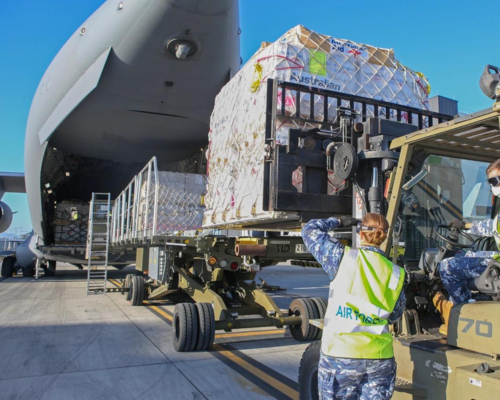
Automated Logistics
Efficient logistics are critical for sustaining military operations. Automated logistics systems and robotics streamline supply chain management, ensuring timely delivery of essential supplies and equipment. Autonomous vehicles and drones are used to transport supplies to remote or dangerous areas, reducing the need for human intervention. These systems optimize inventory management, minimize delays, and enhance the overall resilience of military logistics.
3D Printing
Additive manufacturing, or 3D printing, has significant implications for military logistics. This technology enables the on-site production of spare parts, tools, and equipment, reducing dependency on traditional supply chains. In remote or conflict zones, 3D printing provides a rapid and flexible solution for addressing maintenance and repair needs. By producing parts locally, militaries can reduce logistical challenges, shorten lead times, and enhance operational readiness.
Medical Advancements in Military Advancement
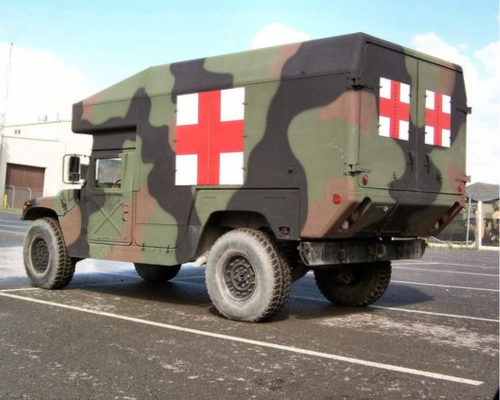
Telemedicine
Telemedicine is transforming military healthcare, providing remote medical support to soldiers in the field. Real-time video consultations, remote diagnostics, and even robotic surgery are made possible through advanced communication technology. Telemedicine allows medical personnel to assess and treat injuries, offer expert guidance, and monitor patients’ conditions from a distance. This capability is particularly valuable in austere environments where access to medical facilities is limited.
Advanced Prosthetics
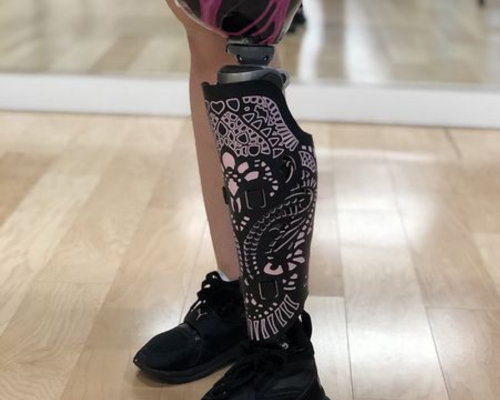
Injuries sustained in combat can have life-altering consequences, but advancements in prosthetic technology are improving the quality of life for injured soldiers. Modern prosthetic limbs, controlled by neural signals, offer enhanced functionality and mobility. These advanced prosthetics enable wounded warriors to regain independence, pursue active lifestyles, and continue serving in various capacities. Ongoing research in prosthetics aims to develop even more sophisticated and responsive devices, further enhancing rehabilitation outcomes.
Conclusion
The integration of advanced technology into military operations has revolutionized the way armed forces operate, making them more agile, efficient, and effective. From secure communication systems and precision weaponry to autonomous systems and medical advancements, technology is reshaping the future of warfare. As technological innovations continue to evolve, their impact on military strategy and capabilities will only grow, ensuring that modern militaries remain at the cutting edge of defense and security.
In an era where technological superiority can determine the outcome of conflicts, militaries must continually adapt and innovate to maintain their edge. The ongoing synergy between military expertise and technological advancement will define the future of global security, ensuring that armed forces are equipped to meet the challenges of tomorrow.

